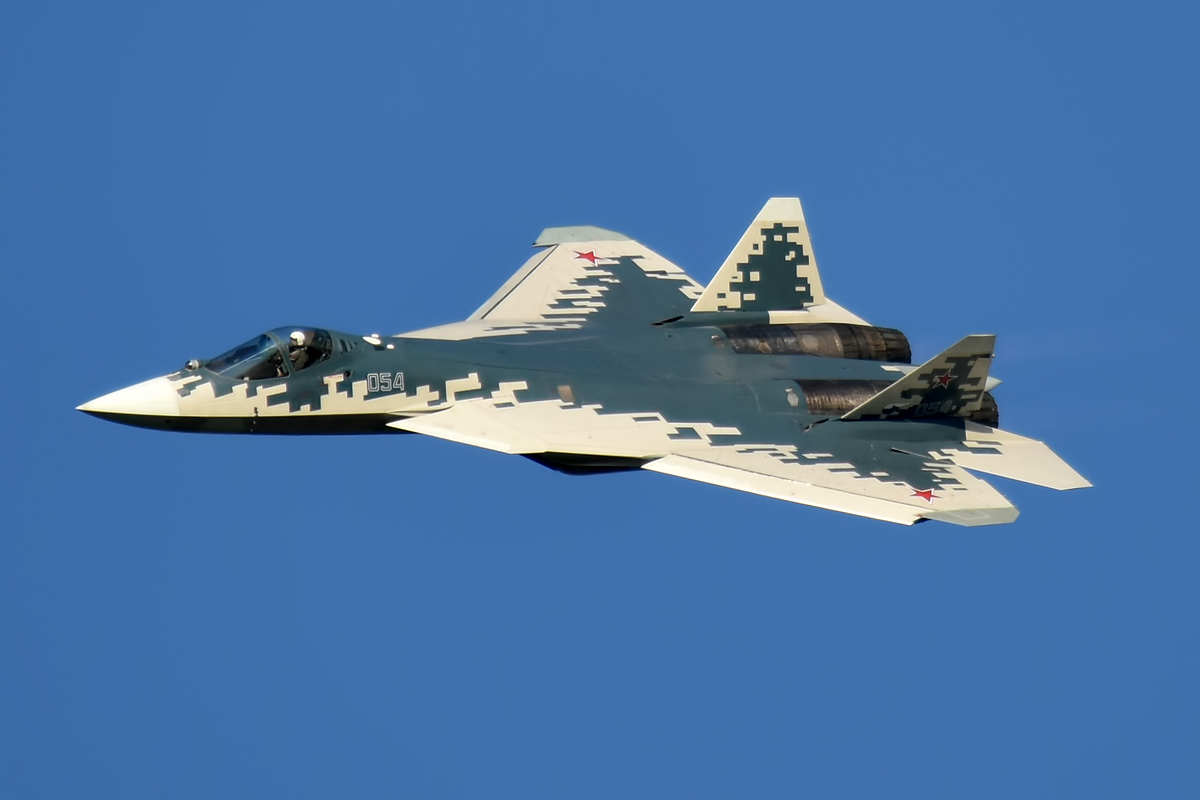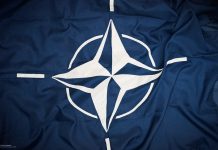
Russia has made it clear that it will not abandon the Su-57 Checkmate fifth-generation light tactical fighter project. Despite the difficulties in its development and financing, Moscow intends to carry out a plan announced earlier this year. According to analysts, the Su-75 project is currently on hold because a large portion of Russian resources are being directed toward financing the war in Ukraine.
Against this backdrop, the Russian news agency TASS reported that Moscow will present Checkmate at the upcoming Aero India 2023 military exhibition. Furthermore, according to an agency source, Rostec intends to invite India to participate in the project.
“A delegation of representatives of our aircraft manufacturing companies is coming to Aero India. We plan to discuss cooperation on fifth-generation aircraft. In particular, we intend to invite Indian friends to join the Checkmate light tactical fighter project”, reads a report from TASS.
Aero India 2023
Aero India 2023 will take place in Bangalore from February 13 to February 17. The international forum focuses on the technological development and manufacturing of products in the field of aerospace engineering. The exhibition, which is held every two years, has become a tradition for the Indian industry. In general, the world’s major military exhibitions take place over a two-year period.
Russia is not taking part in this exhibition for the first time. During its execution, Russian-Indian relations were clearly contrasted. The Russian Federation, for example, presented over 200 samples of Russian military air equipment in 2021.
Su-75
In 2021, Russia surprised the world by presenting a prototype of the Su-75 at a time when it had already completed testing of the Su-57 Felon and was preparing for serial production. Russia was the first host to introduce the aircraft, and the UAE was the first foreign host to do so a few months later.
The UAE’s inclusion in the plane’s “presentation tour” was not by chance. The UAE, along with Russia, contributed to the development of Checkmate. According to reports, the UAE will be the first foreign operator of the Su-75. However, events over the last 12 months have caused Abu Dhabi to gradually withdraw from the project. Perhaps it is for this reason that Russia is looking for a new partner and sees one in India.
Checkmate’s developers, UAC, claim that the aircraft incorporates all of the most recent developments. This also applies to open architecture, which will make future upgrades easier. According to Rostec, the Su-75 Checkmate will have artificial intelligence. The aircraft is built with stealth technology and has an internal fuselage compartment for air-to-air and air-to-surface weapons.
The payload exceeds 7 tonnes. The fighter will be able to hit up to six targets at the same time. A single-engine aircraft will fly at Mach 1.8, with a combat radius of 3 thousand kilometres.
Going forward
The Su-75’s future is not promising. BulgarianMilitary.com reported in September 2022 that Russia was looking for a foreign partner for the project. Specifically, as a result of investor withdrawal from the UAE. They can claim that if the chances of the Su-75 surviving before the Ukrainian war were 50:50, they are now around 10%.
However, Ukraine’s actions on the battlefield since February have “removed” the Russian Su-75 Chess from the international military equipment market, and not just it. Even a low-cost Su-75 may not sell because it lacks combat experience. And the war in Ukraine demonstrated that no aircraft, including the Su-27 Flanker, Su-35 Fullback, and Su-35 Flanker E, are untouchable.
Purchasing a brand new fighter with no combat experience is now a greater risk than not having one in the Air Force. Drones and flying munitions alter the game’s rules. Ukraine, once again, is an example of this. The Russian Air Force’s failure may lead potential Su-75 customers to prefer the purchase of ground-based or anti-aircraft defence systems to a “new and unproven” concept of air supremacy.
The second issue is a lack of spare parts. With the imposed international economic sanctions, the Su-75 cannot exist at this point and time. Russia will have to ensure maintenance and spare parts supply.
Even if the war is over, the cost of the fighter will be higher than what was promised. This entails a greater supply of components, spare parts, and training. Import restrictions will be the biggest challenge for Moscow.
What kind of engine will power the fighter? 30th year of Saturn? It is possible, as this engine is expected to be the Su-57 Felon’s future. This brings up the third issue.
The Su-75 is widely regarded as a stealth fighter. Given the modern demands of warfare, this is logical. But when did the term “stealth” appear in marketing and promotional materials, as well as in public relations?
What kind of engine will power the fighter? 30th year of Saturn? It is possible, as this engine is expected to be the Su-57 Felon’s future. This begs the question of whether the Su-75 will be a fifth-generation fighter at all.
Assume the Russians have solved the Su-57 Felon’s stealth technology and engine problems. However, they have yet to resolve a major issue with the avionics of this aircraft, and most likely the Su-75 Checkmate as well. The exact azimuth.
So far, we know that such technology is only found in American F-35 fighter jets. There is no confirmed information that the Su-57 is equipped with a complete set of sensitive azimuth sensors. This is advanced avionics technology, and Russian R&D has not yet realized its full potential.





